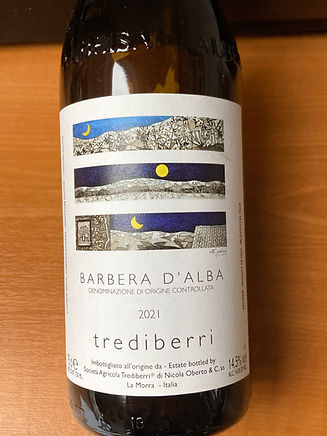

The wines
Nestled in the scenic foothills of the Apennines, Piedmont is home to some of Italy's most renowned wine regions, a region where tradition and nature come together in harmony.
The history of Piedmontese wine production is woven in the mists of time, a heritage that has accompanied and enriched humanity for centuries. Here, in these idyllic landscapes, the vine is cherished as a demanding but loyal companion, requiring attention and patience and in return giving the most sublime wines.
Piedmont stands out on the world wine stage, with more than 46,000 hectares of vineyards, and is proud to be the only region in Italy with 18 DOCG wines and 42 DOC wines.
These impressive figures are a testimony to the unparalleled quality and diversity that Piedmont's terroir has to offer.
Discover the richness and finesse of Piedmont's wine heritage, a timeless journey through taste and tradition.


Wine and art
"Beauty is in the eye of the beholder"
But day after day, true beauty penetrates the souls of those who breathe it in, so that they feel part of it.
"Then the vine remains in the moment it is uprooted. The blood of life still flows through them, as thought passes through the mind: the vine radiates memories and colors. Each vine mingles the subject and matter itself"
In a few sentences, it is the Piedmontese artist Pierflavio Gallina himself who reveals the intimate route that went "backwards" from a hillside of the vineyard to its essence, the branch and therefore the vine.


Grappa
What has everything to do with grapes is Grappa.
A distilled alcoholic beverage
from Northern Italy distilled drink that is prepared from the remains of grapes after winemaking.
Originally, grappa was made so as not to have to throw away the surplus of bunch grapes after the harvest.
The taste of Grappa differs according to the grappa varieties and remnants used, duration of ripening, and whether and how long the grappa has been aged in wood.
A grappa made from a single grape variety is called Grappa Monovitigno. Young grappas are relatively sharp and dry in taste, while matured grappas are much softer.

